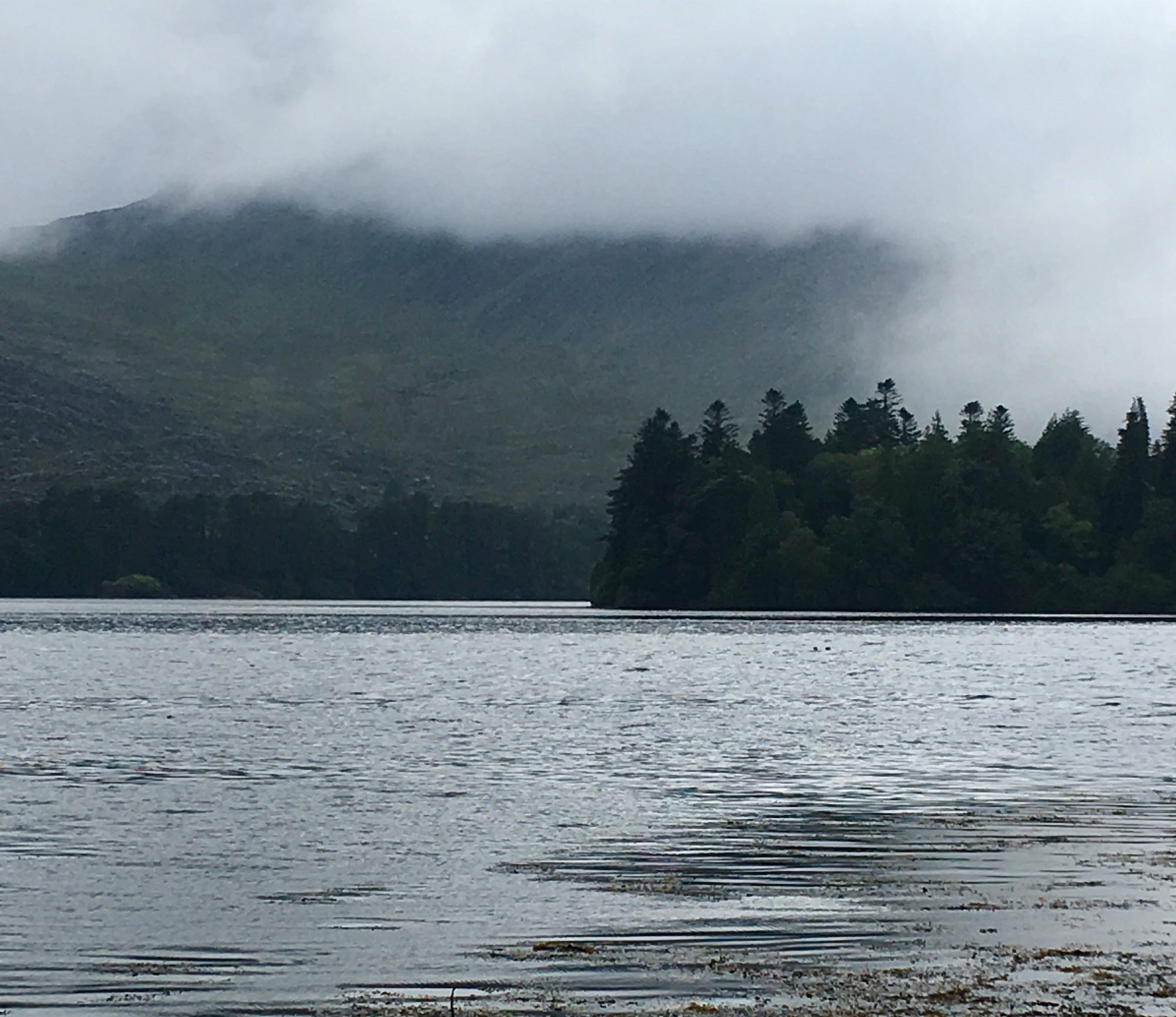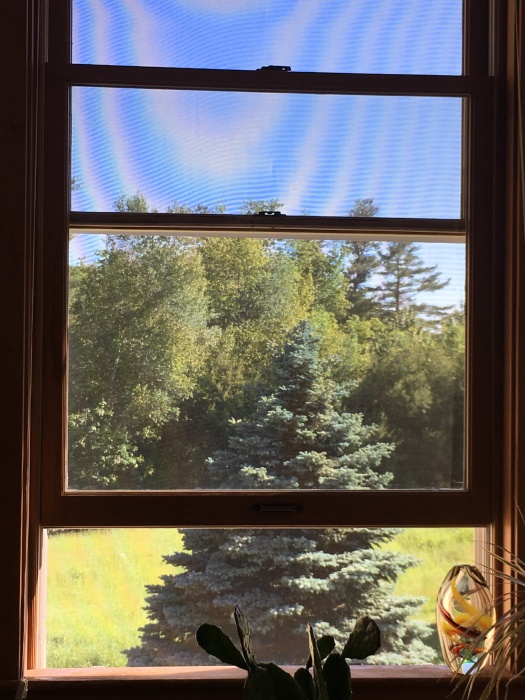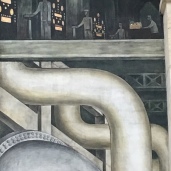Today I finished washing the windows in my house. All of them. Big double sash windows, 2 over 2 in the old part of the house, 1 over 1 in the rest, wide open panes with no mulleins. I washed the glass in the doors and the skylight too. The oldest windows are in the living room, and the old aluminum frame storms need to be up to seal the screen, so I also washed those. In all, I washed 29 windows.
This is a big deal, to me anyway. I hadn’t washed windows in decades. In fact, I don’t know when I last did it. David washed a few downstairs when he first moved in 10 years ago, and some of the windows are newer than 10 years old. But I know some of them haven’t been washed in over 20 years because the window in Adrienne’s old room still had space stickers and a Pearl Jam decal on it and she last lived here in 1998.
Last night I talked to a friend who also recently washed her windows for the first time in decades. Like me she needed to do something concrete and visible. The state of the world is distracting enough, and adding on this winter of getting pulled off track by family illnesses left me more adrift than I can remember feeling for a long time. Focusing on my writing projects, or any creative expression, has felt impossible. My usual slip-into-flow attention when I have days in a row with no major obligations has been blocked off. I just can’t get to that headspace where hours go by as I fiddle with poems, or revise an essay, write a column, or cut and paste a collage.
But I still have all this energy to do something. Earlier this spring I scrubbed the old grout on the tiled bathroom floor. The grime of 30 years didn’t go with the new soaking tub and paint job. Then it got warm enough to garden and I turned soil, fertilized, planted and thinned and weeded. My garden has never been in better shape.
Several weeks ago, just as it was getting hot enough to call for putting the screens in the windows, I walked into our bedroom and looked at the windows back-lit by late sun. They were filthy, smudged and spotted with dirt in a way I hadn’t noticed before. That’s when I decided I would wash every window in the house as I put in screens this year.
Cleaning my windows was more satisfying than I could have imagined. Not only did I do something useful, I can see what I did and the effect of my work brings me great pleasure. The outdoors has come into the rooms of the house in a newly refreshed way. I don’t have to look through dusty crud to look out at the pastures and cows, to see the maroon and green barberry bush out the front windows, the garden when I stand at the sink. Is the sky bluer, the leafed out trees more green?
The state of the world is still distracting and there’s always something to be reckoned with in a family as big as ours, but maybe I’m getting a bit of focus back. I wrote this. And as I wrote it I looked up now and then to admire my clean windows.






































